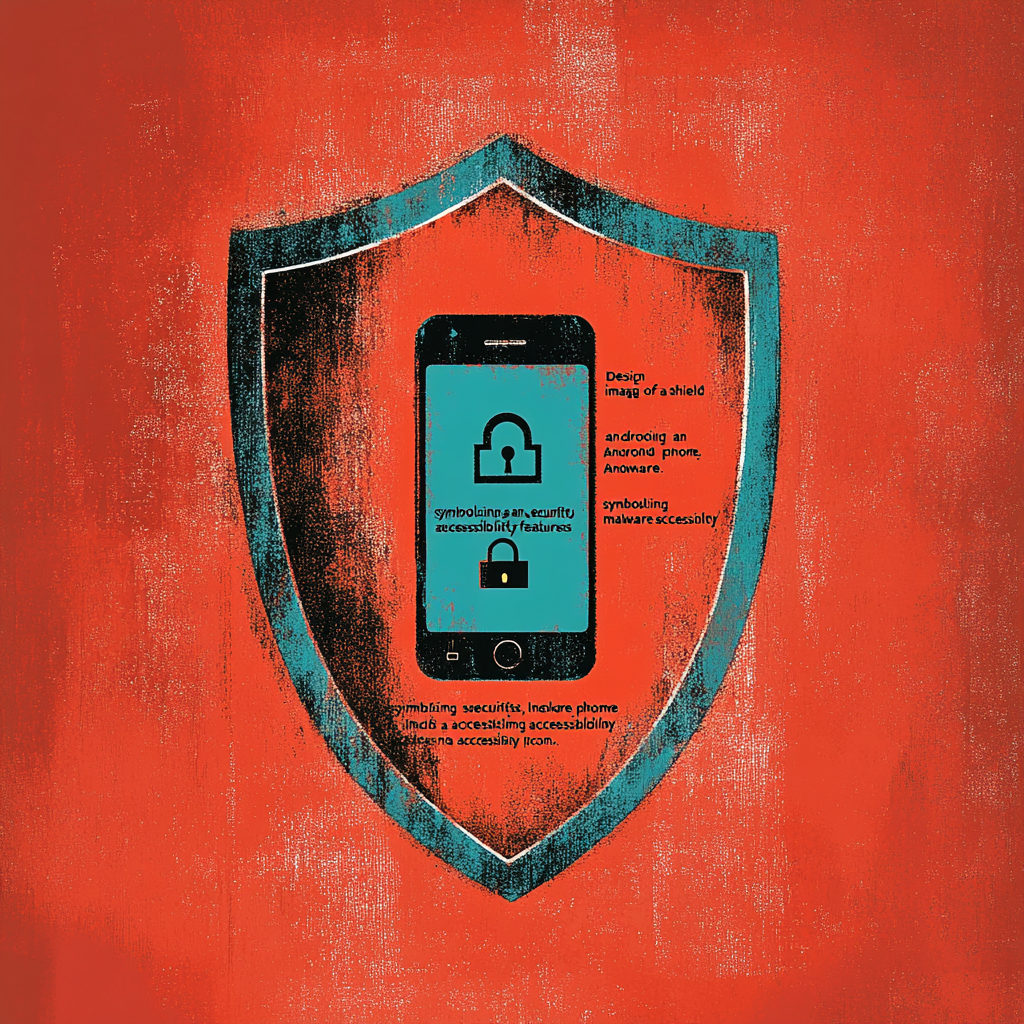
Android Malware Detection Tool Unveiled
In the intricate tapestry of today’s digitally driven world, where our smartphones flutter around like moths drawn to the bright allure of connectivity, a potentially sinister predator lurks in the shadows—malware. But wait, what if I told you that a quirky little knight in shining armor, or rather in code, has stepped forth to protect us Android users? Say hello to the "Detector of Victim-specific Accessibility," or, if you fancy brevity, DVa! This brainchild of Georgia Tech researchers is poised to flip the script on mobile malware detection, bringing both enhanced security and a sigh of relief to our ever-vulnerable devices.
So, where’s the rub? Let’s wade through the murky waters first. The very accessibility features that make smartphones essential tools for individuals with disabilities—such as screen readers, voice commands, and gesture-based navigation—are also the chinks in the armor against malicious hackers. Picture this: Your calculator app inadvertently becomes a friendly enabler for malware, allowing it to read your screen, siphon off hard-earned cash from banking apps, or even throw a tantrum by refusing to be uninstalled. It's maddening, isn’t it?
Enter DVa! A veritable superhero equipped with high-tech aspirations. This cool tool, developed in collaboration with industry stalwarts like Netskope, operates in the ethereal realm of the cloud to comb through your Android device, sniffing out troublesome malware that has taken advantage of those nice, user-friendly accessibility permissions. The harmonious symphony of technology and usability is disrupted by these malicious entities, and DVa is here to conduct a thorough performance review.
What's more, once DVa is done working its digital magic, it doesn't just toss you a flimsy “you’ve got malware” warning. Oh no! The tool generates a detailed report that’s like a full-bodied soup, brimming with rich flavors. It lays out the dastardly apps infused with malware and provides step-by-step instructions for you to excise them from your digital kingdom. But wait, there’s more! DVa stands ready to deliver targeted intelligence about which apps the malware zeroed in on, allowing users to reach out, yell, and alert the companies behind those apps about potential risks. Knowledge is power!
And in a generous twist, this sleuth also plays nice with the big G—Google, that is. DVa shares its findings with Google, paving the way for the eradication of these miscreants from the vaunted halls of the Google Play Store. It’s a veritable win-win for the entire Android ecosystem!
Now, if you’re thinking, "Okay, but does it actually work?" Let me soothe your worried brow. The researchers, armed with five shimmery Google Pixel phones, dove headfirst into the murky depths of malware testing. They unleashed a carefully curated sample of malware and then sat back to watch the havoc unfold. With masterful precision, DVa swooped in, identifying and reporting the malware with astonishing accuracy. Not to mention, it also outlined the victim-specific abuse tactics deployed—because who wouldn’t want the sordid details when it comes to digital crime?
But, dear reader, let’s not pop the champagne just yet. While DVa represents a leap forward in mobile security, the team at Georgia Tech faces an ongoing puzzle: ensuring that the very accessibility features we cherish don’t fall by the wayside in the quest for stronger security. "In the future," muses Ken Xu, a Ph.D. student wrapped up in cybersecurity research, "we need to explore how accessibility services operate on a fundamental level to discern malicious intent from benign use." Sounds like a juicy academic pursuit, doesn’t it?
An ounce of prevention is worth a pound of cure, and for Android aficionados, here are some practical nuggets of wisdom to fortify your defenses against the encroaching malware tide. First, do ramp up the built-in Google Play Protect feature. Let no nasty app slip through the cracks without a thorough inspection! Keep your device updated, not just for the cool new features, but to patch vulnerabilities that leave gaping holes for malware intruders. And if you’ve downloaded too many apps from dubious corners of the internet? Uninstall, baby! Your device will thank you.
And last but never least, check your Google Account security settings. Make it a habit, because it’s like regularly cleaning out your digital garage—keeping it tidy means less clutter and a lower chance of unwanted guests (you know, the malware kind) crashing your virtual party.
In conclusion, DVa is not just a shiny new tool; it’s the much-needed sentinel guarding the gates of our beloved Android devices. Our smartphones will continue to evolve, adapting accessibility like chameleons, but blending all that with robust security measures is paramount in keeping threats at bay. So, keep your eyes peeled and your apps in check, because knowledge and vigilance remain our most potent weapons against the digital ruffians lurking in the shadows.
Want to stay up to date with the latest news on mobile security and malware detection? Subscribe to our Telegram channel: @channel_neirotoken.
Your digital fortress depends on it!

